Sports
The top five achievements in Nepali sports in 2019
Hosts Nepal overcame last moment odds to pull on the 13th South Asian Games and won an unprecedented 51 gold medals..jpg&w=900&height=601)
Prajwal Oli
Nepali sports remained eventful throughout 2019 both on and off the field. After calling off the South Asian Games three times, the country eventually pulled on the region’s biggest multi-disciplinary event. The preparations were spawned by the chaos leading up to the Games opening. But once the show started, the entire country basked in the euphoria of triumph as its athletes attained the biggest achievements in history. The Post picks top five incidents/achievements in Nepali sports in 2019.
13th South Asian Games in Nepal after two decades
Having taken over the baton for hosting the 13th South Asian Games in 2016, Nepal started preparations for the biennial regional sporting event only six months before its original scheduled date of March 2018.
After being postponed three times, a cloud of uncertainty had hung over Nepal’s ability to hold the Games. Slow renovation works at Dashrath Stadium, the main venue of the event, including the opening and closing ceremonies, only added fodder to the doomsayers.
But putting behind construction delays and logistical mishaps, Nepal successfully staged the Games from December 1 to 10 in Kathmandu, Pokhara and Janakpur.
.jpg)
2019 marked the return of the region’s sports festival to the city where it began in 1984. Kathmandu also hosted the 8th edition of the event, then called the South Asian Federation Games, in 1999.
The host country wrapped up the Games in grandeur, finishing second in the medal standings. Nepal won 206 medals, including a record haul of 51 golds surpassing the previous best of 31 golds in 1999. India once again finished first among the seven countries that competed in 26 disciplines, winning 309 medals, which included 173 gold and 93 silver medals.
Gaurika Singh not just became the first-ever Nepali swimmer to win an individual gold in the pool but finished with a rich haul of seven medals.
She won four golds, two silvers, and a bronze to become the most successful Nepali athlete.
For our full coverage of the 13th South Asian Games, please visit our South Asian Games homepage.
Nepali athletes also asserted their supremacy in the middle distance races, with Gopi Chandra Parki winning the men’s 5,000m and Santoshi Shrestha taking the women’s 10,000m title.
ICC lifts ban on Cricket Association of Nepal
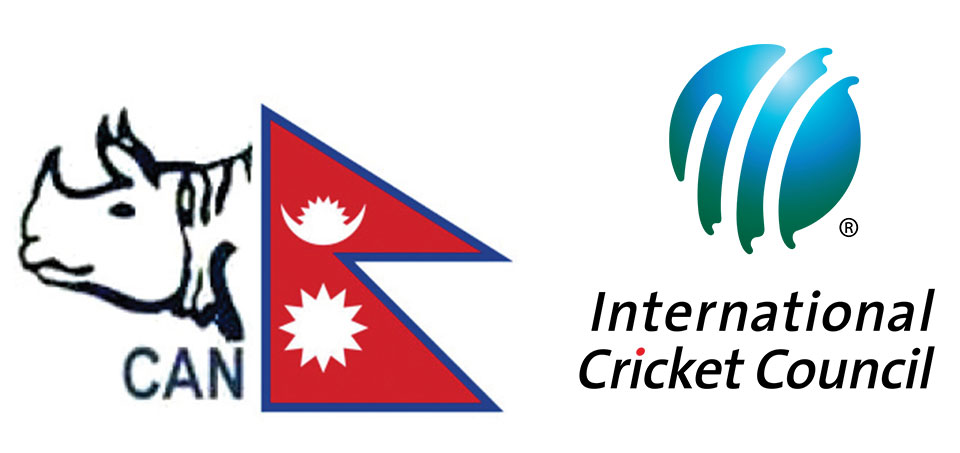
The International Cricket Council lifted the ban on the Cricket Association of Nepal on October 14 after more than three years. The cricket’s world governing body had imposed a ban on CAN in April 2016 owing to the government’s interference into the game’s governing body in the country.
The election of CAN on September 28 paved the way for the lifting of the ban.
“Nepal has also been reinstated on a conditional basis following their 2016 suspension for breach of the ICC regulations which prohibit government interference and require free and fair elections,” the council said in a statement in October.
“The election of the 17-member Central Working Committee for CAN was completed earlier this month and paved the way for the re-admittance of CAN.”
Apart from a commitment to providing controlled funding, the ICC did not mention what conditions it had set for CAN. “They have set the condition of office set up, recruiting staff and good governance,” said CAN General Secretary Ashok Nath Pyakurel.
“We have fulfilled almost all conditions but they have not released all the funds. We will send them our programmes and estimated budget for 2020. Hopefully, they will release the stalled funds.”
The reinstatement of CAN augurs well for domestic cricket, which had been crippled. It will also open doors to more international matches and bi-lateral series for the national team, said Pyakurel, adding that Nepal would host a 50-over Tri-Nation Series involving Oman and USA in February.
Paras Khadka quits captaincy after a decade
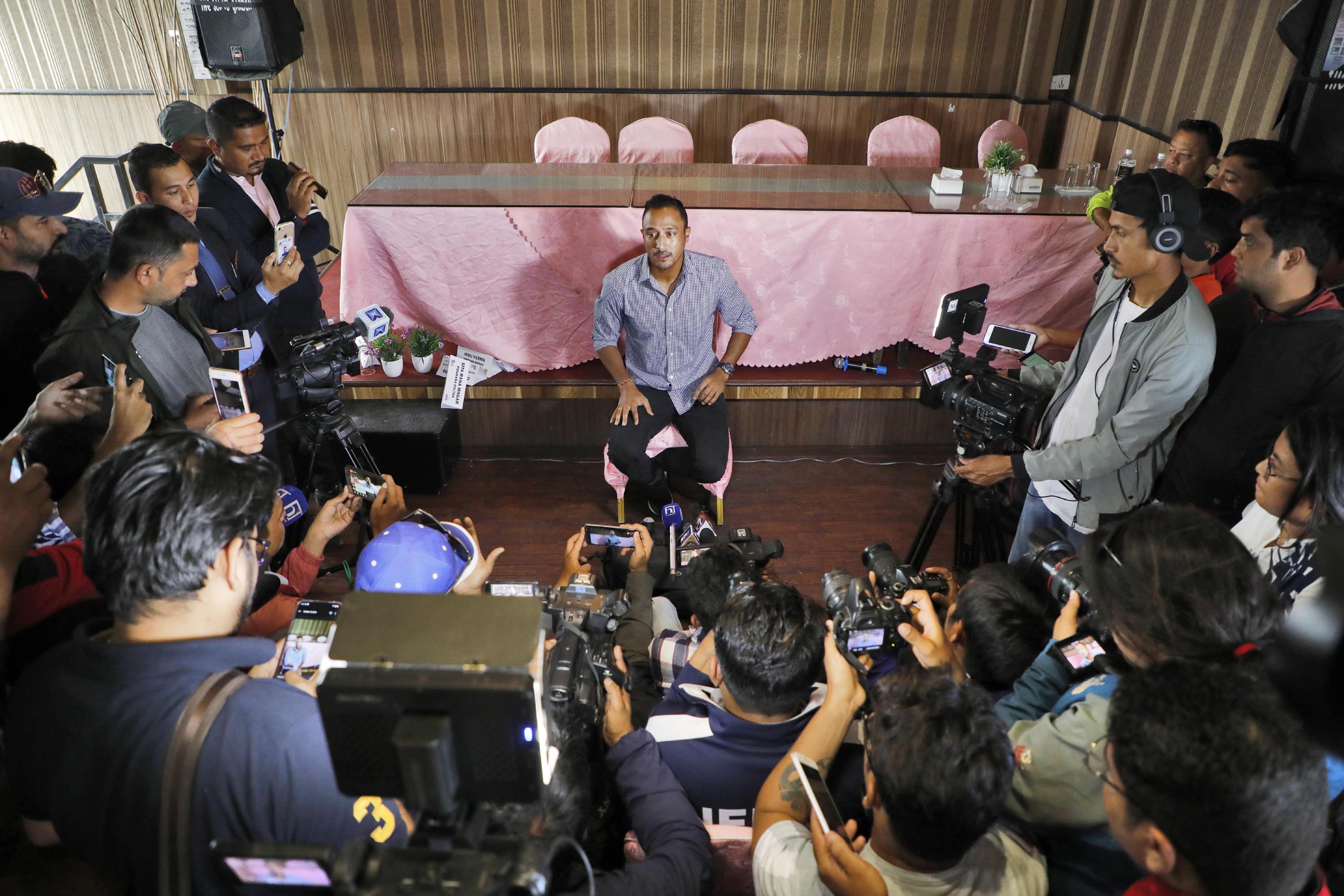
Before the ICC decision sank in, national cricket team captain Paras Khadka dropped a bombshell. A day after the ICC lifted its sanction on CAN, Khadka announced that he was stepping down as captain after leading the national team for a decade. Some of the cricket insiders believe he quit captaincy because of his strained relationship with the new leadership at CAN.
The 32-year-old allrounder, however, refuted such claims. “I always wanted to leave on a high note. The decision to quit captaincy was not made overnight. The current situation seems favourable for me to leave. The new leadership has come in CAN and it is essential to make a fresh start,” said Khadka who played an instrumental role in Team Nepal’s elevation from Division 5 in 2010 to One-Day International (ODI) nation in 2018.
Khadka replaced Binod Das as captain in 2009 while he was 22 years old. In the 10 years since, he has broken many records and elevated Nepali cricket to heights unseen. In September, he became the first Nepali cricketer to score a Twenty20 International (T20I) century and followed it up with a ODI hundred in January.
While the country’s cricket ruling body was under suspension, Khadka played a dual role: a team captain on the field as well as a selector and a contact person with the ICC off it.
Ajit Yadav wins historic gold
Little known Ajit Yadav came into the limelight after he clinched a historic 3,000m gold medal at the Asian Youth Asian Championships in Hong Kong in May.
The 18-year-old from Saptari clocked 8 minutes 30.32 seconds to finish the race over six seconds ahead of India’s Amit Jangir (8:36.34) in the 15-man strong field. In the process, he became the second Nepali athlete after Rajendra Bhandari to achieve the feat at the Asian level. While Bhandari had won gold in senior men’s 5,000m in 2004, Yadav repeated a similar feat at the youth level (aged between 16 and 17).
Yadav’s gold medal saw Nepal finish a joint 10th place with Saudi Arabia, Malaysia and Thailand in the final medal standings dominated by China with 12 gold, 10 silver and nine bronze medals. India finished second with 27 medals, including eight gold, 10 silver, followed by Japan with 20 medals including six gold and eight silver.
Yadav, however, was forced to pull out of the Nepali athletics squad for the South Asian Games about a month before the event after he contracted Hepatitis B .
“I have a dream of winning at least a medal at the Games being held at home after two decades,” said a disappointed Yadav. “But there is always a next time.”
The determined teenager arguably returned even stronger as he went on to win the men’s open 5km race at the Kathmandu Marathon held on December 22.
National Games back on track
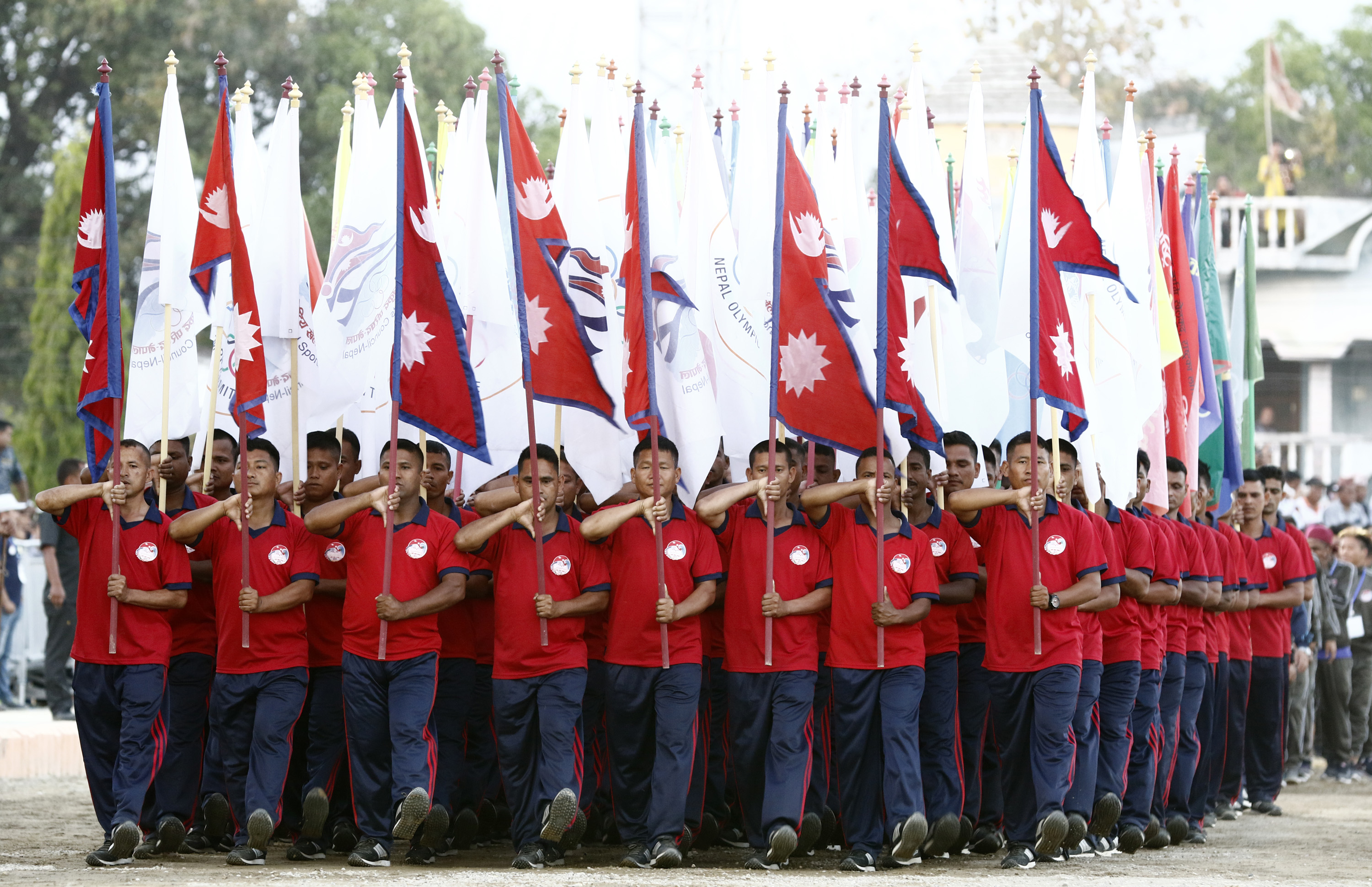
The National Games, the biennial event, were organised on time for the first time since the third edition of Games in 1985.
The National Games started in 1981 to increase the competitiveness of athletes and develop sports infrastructure in different parts of the country.
The first three editions –1981, 1983 and 1985 – were largely successful in that respect as they were held at a gap of two years. But only three editions were conducted in the next 26 years, with the sixth edition being held in March 2012 (2068 BS) and seventh in November 2016 (2073 BS). But the eighth edition of the Games took place in April 2019 (2075-76 BS).
National Sports Council, the apex sports governing body in the country, played a crucial role in bringing the Games back on track. It spent more than 70 percent of the Games’ Rs 850-million budget on infrastructure development. As a result, many new sports facilities, including a football stadium, athletic tracks, a volleyball court, a shooting range, were built and renovated.




 17.12°C Kathmandu
17.12°C Kathmandu
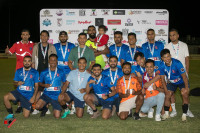

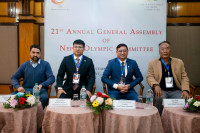
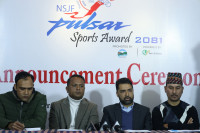






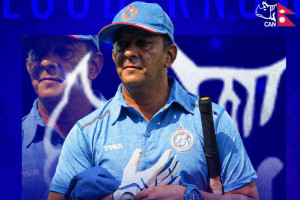

%20(1).jpg&w=300&height=200)

